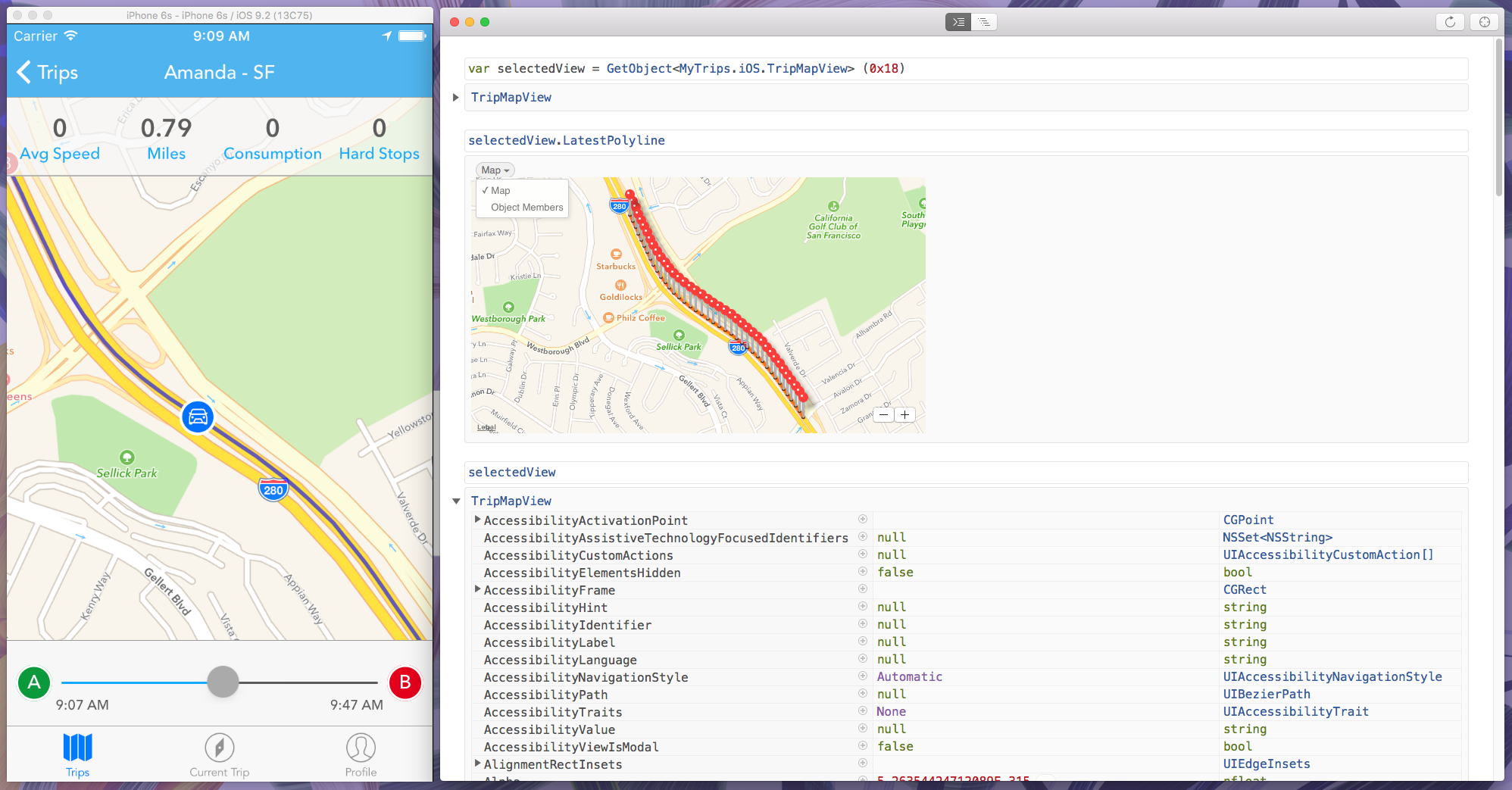Ispect Tool For Mac

Hey guys if i help you how to get inspect element please give this video a thumbs up and please like, subscribe and share (. GOM Inspect is a free 3D inspection and mesh processing software for dimensional analysis of 3D point clouds and a viewer for data sets from the applications ATOS Professional, TRITOP Professional, GOM Inspect Professional and PONTOS Live. Best tool for inspecting PDF files? Ask Question. With a text editor. All of the tools below work on Linux, Mac OS X, other Unix systems or Windows. Qpdf (my favorite) Use qpdf to uncompress (most). Then just open + inspect the uncompressed-qpdf.pdf file in your favorite text editor. Most of the previously compressed (and hence, binary. Front-end developers use the Inspect Element tool every day to modify the appearance of a web page and experiment with new ideas—and you can, too. Inspect Elements lets you tweak the appearance and content of a web page, by adding temporary edits to the site's CSS and HTML files. Aug 22, 2018 This page is a reference of keyboard shortcuts in Chrome DevTools. You can also find shortcuts in tooltips. Hover over a UI element of DevTools to display its tooltip. If the element has a shortcut, the tooltip includes it. It will enable the option Inspect Element when you right click the page. You can also start it with Command + Option + I. You can get more info about this option in Safari for Developers - Tools and Safari Web Inspector Guide: The Develop Menu.
-->Because add-ins are developed using HTML and JavaScript, they are designed to work across platforms, but there might be subtle differences in how different browsers render the HTML. This article describes how to debug add-ins running on a Mac.
Debugging with Safari Web Inspector on a Mac
Inspect Tool For Mac
If you have add-in that shows UI in a task pane or in a content add-in, you can debug an Office Add-in using Safari Web Inspector.
To be able to debug Office Add-ins on Mac, you must have Mac OS High Sierra AND Mac Office Version: 16.9.1 (Build 18012504) or later. If you don't have an Office Mac build, you can get one by joining the Office 365 Developer program.

To start, open a terminal and set the OfficeWebAddinDeveloperExtras property for the relevant Office application as follows:
defaults write com.microsoft.Word OfficeWebAddinDeveloperExtras -bool truedefaults write com.microsoft.Excel OfficeWebAddinDeveloperExtras -bool truedefaults write com.microsoft.Powerpoint OfficeWebAddinDeveloperExtras -bool truedefaults write com.microsoft.Outlook OfficeWebAddinDeveloperExtras -bool true
Then, open the Office application and sideload your add-in. Right-click the add-in and you should see an Inspect Element option in the context menu. Select that option and it will pop the Inspector, where you can set breakpoints and debug your add-in.
Note
If you're trying to use the inspector and the dialog flickers, update Office to the latest version. If that doesn't resolve the flickering, try the following workaround:
- Reduce the size of the dialog.
- Choose Inspect Element, which opens in a new window.
- Resize the dialog to its original size.
- Use the inspector as required.
Clearing the Office application's cache on a Mac
Add-ins are often cached in Office for Mac, for performance reasons. Normally, the cache is cleared by reloading the add-in. If more than one add-in exists in the same document, the process of automatically clearing the cache on reload might not be reliable.
You can clear the cache by using the personality menu of any task pane add-in.
Choose the personality menu. Then choose Clear Web Cache.
Note
You must run macOS version 10.13.6 or later to see the personality menu.

You can also clear the cache manually by deleting the contents of the ~/Library/Containers/com.Microsoft.OsfWebHost/Data/ folder.
Inspect Tool For Accessibility Testing
Note
If that folder doesn't exist, check for the following folders and if found, delete the contents of the folder:
Design Tool For Mac
~/Library/Containers/com.microsoft.{host}/Data/Library/Caches/where{host}is the Office host (e.g.,Excel)com.microsoft.Office365ServiceV2/Data/Caches/com.microsoft.Office365ServiceV2/